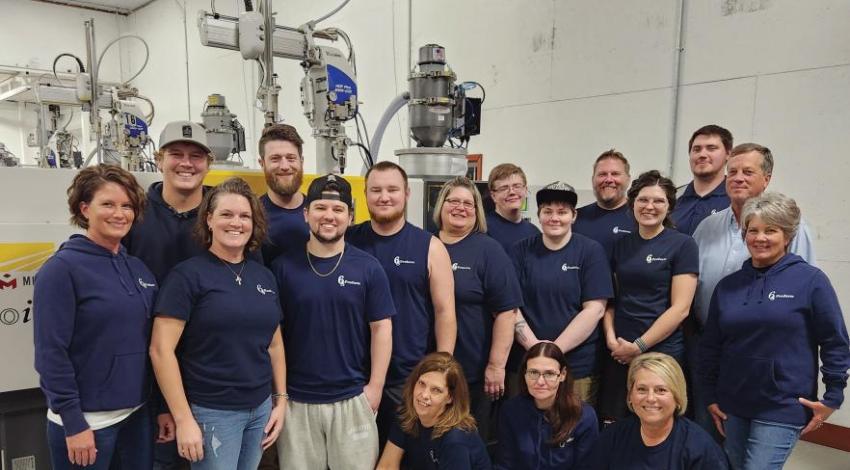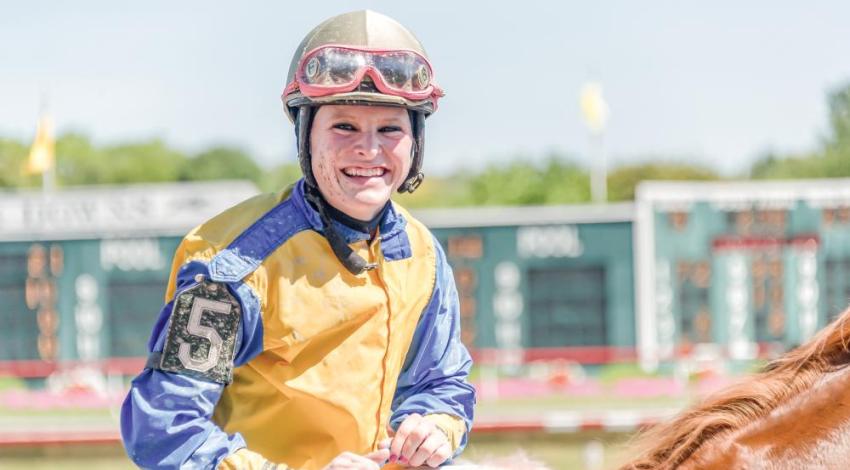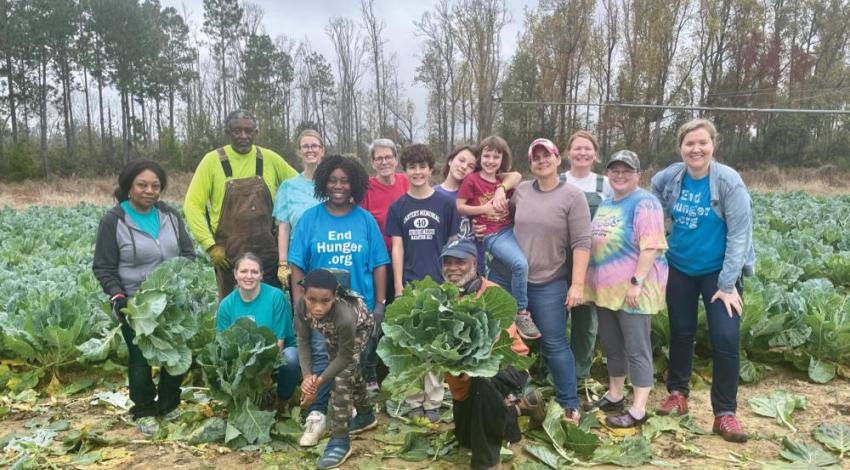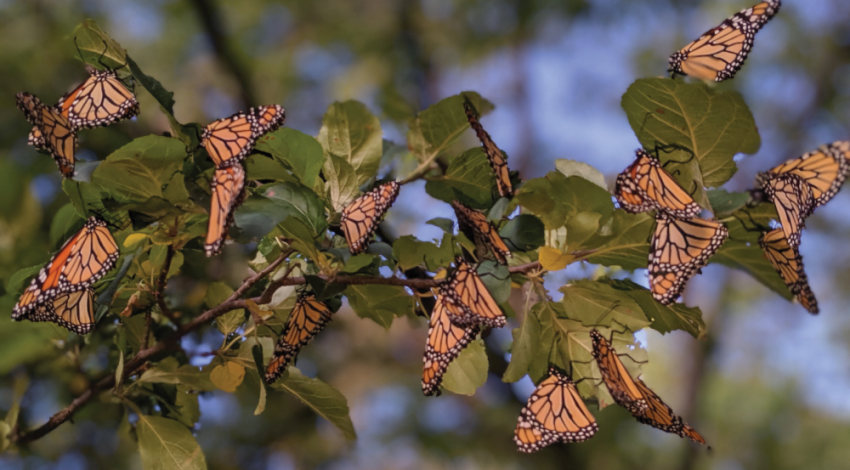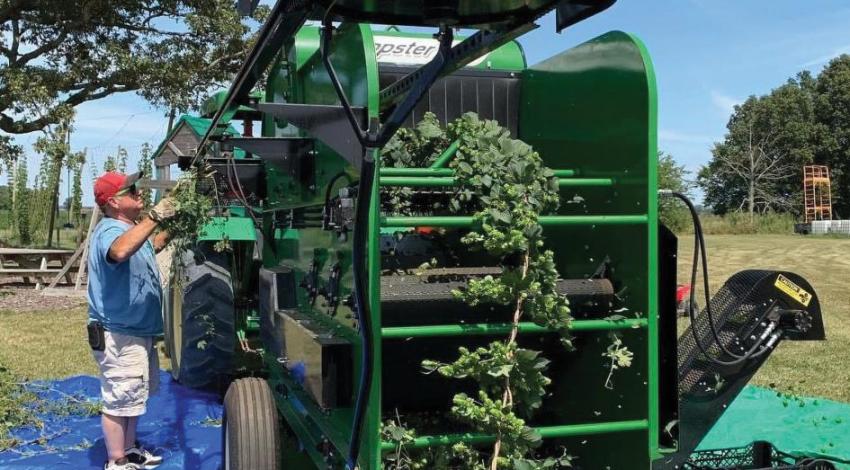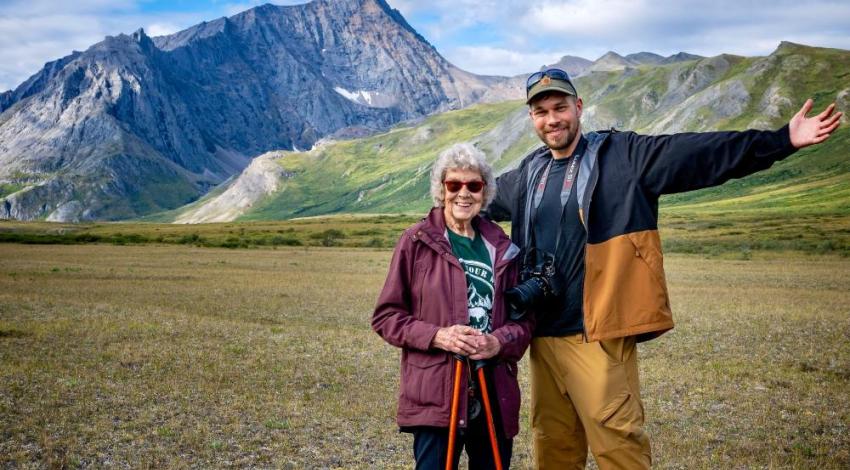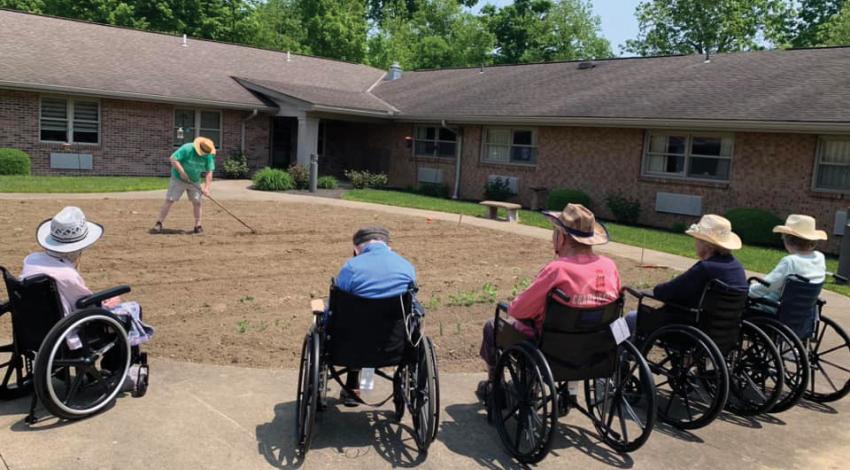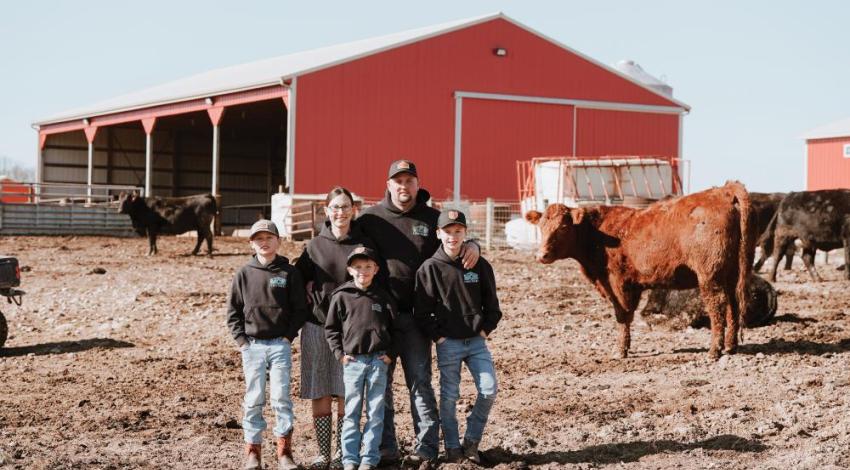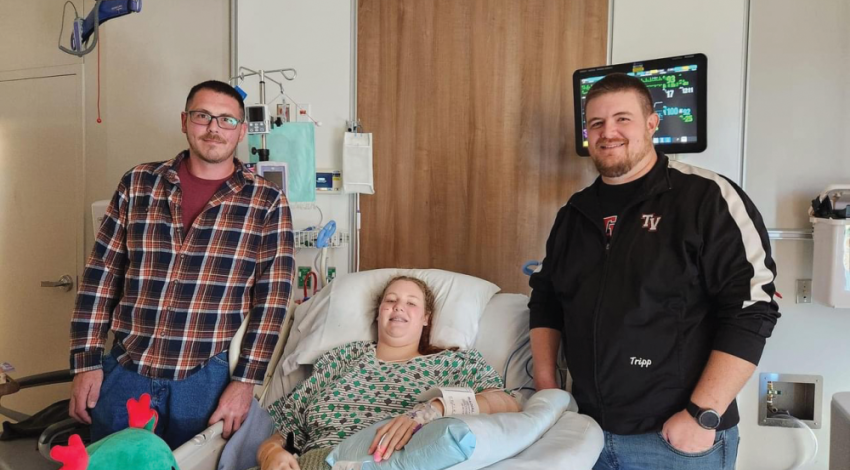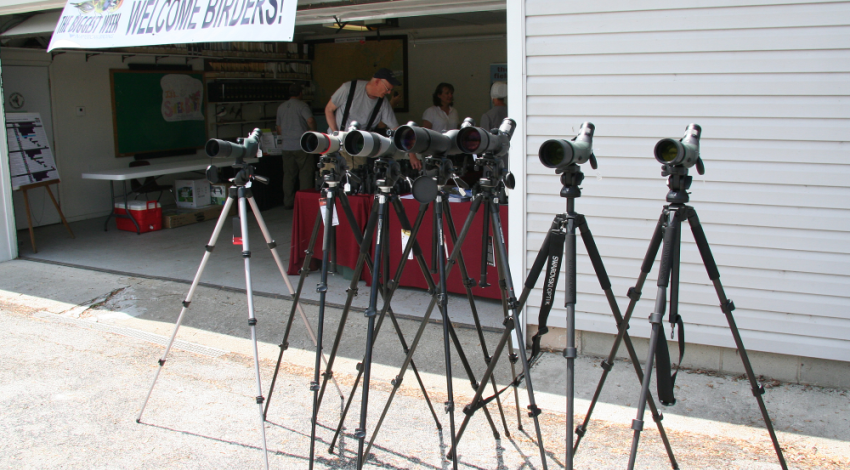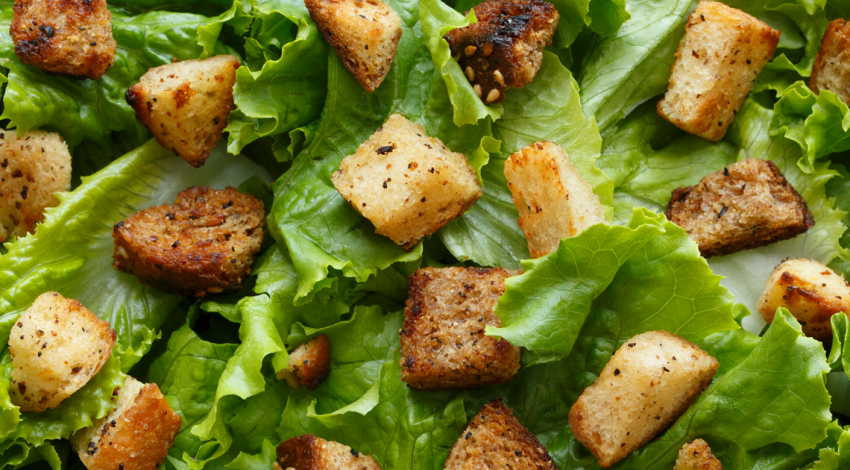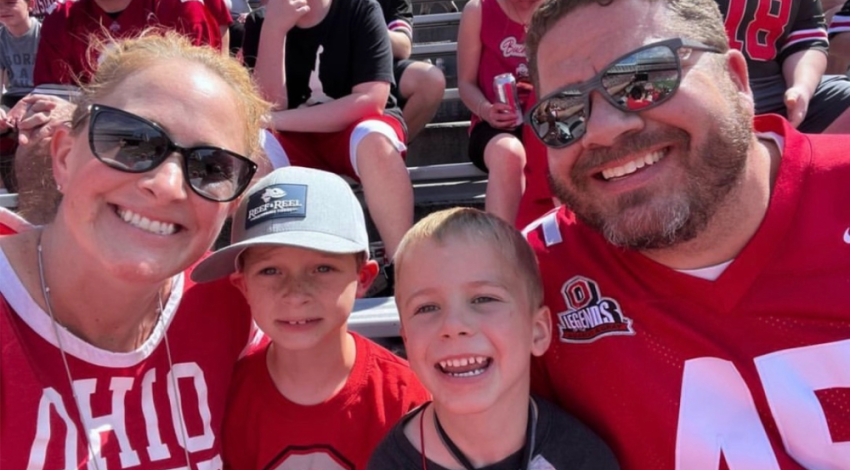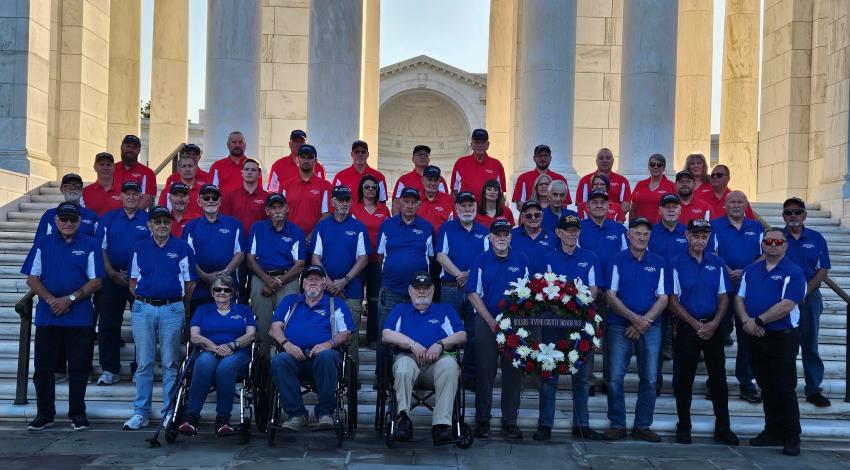Bella Rogers’ devotion to Irish dance has taken her around the world. It’s propelled her to competitions throughout the United States and Canada and across the pond in England, Ireland, and Scotland.
In 2017, she began dancing at the Academy in Westerville, where she currently studies with instructors and World Irish Dance champions Byron Tuttle, a former Lord of the Dance and Feet of Flames dancer, and Edward Searle, a former Riverdance dancer. Since the studio moved to Westerville from Birmingham, England, in 2011, dancers who have trained at the Academy have won 25 World Irish Dancing championships in both the solo and team sections. “I’m very lucky to have a school so great so close,” Rogers says.
